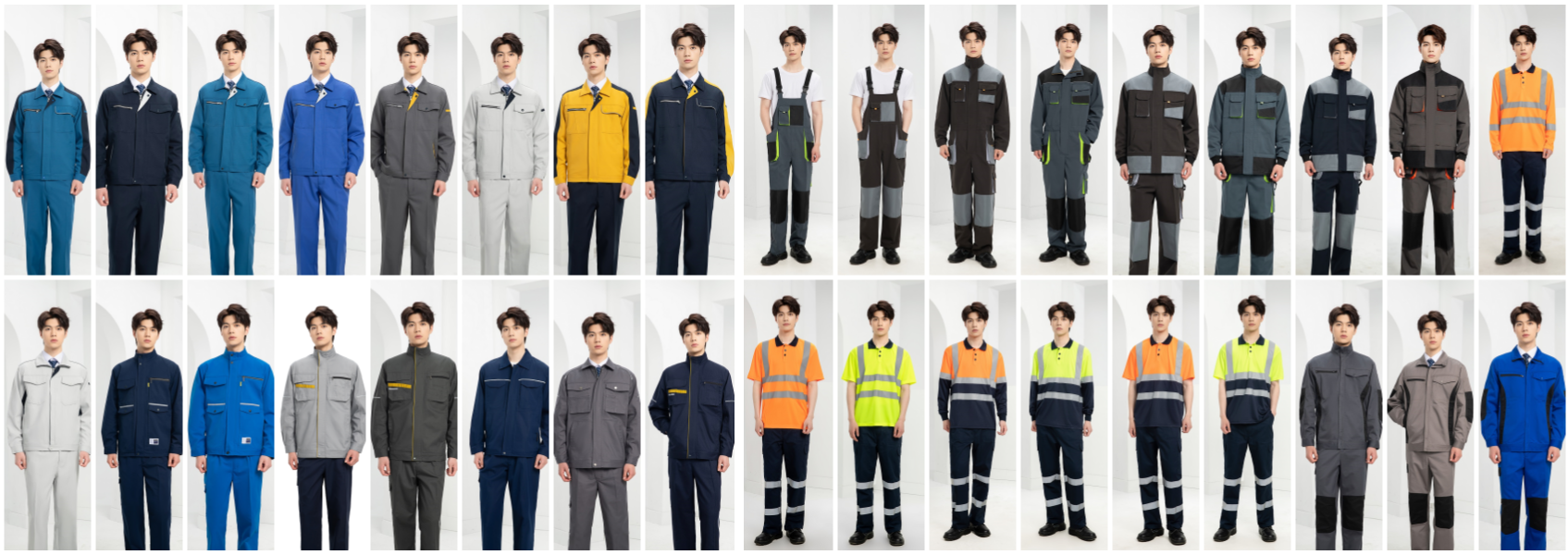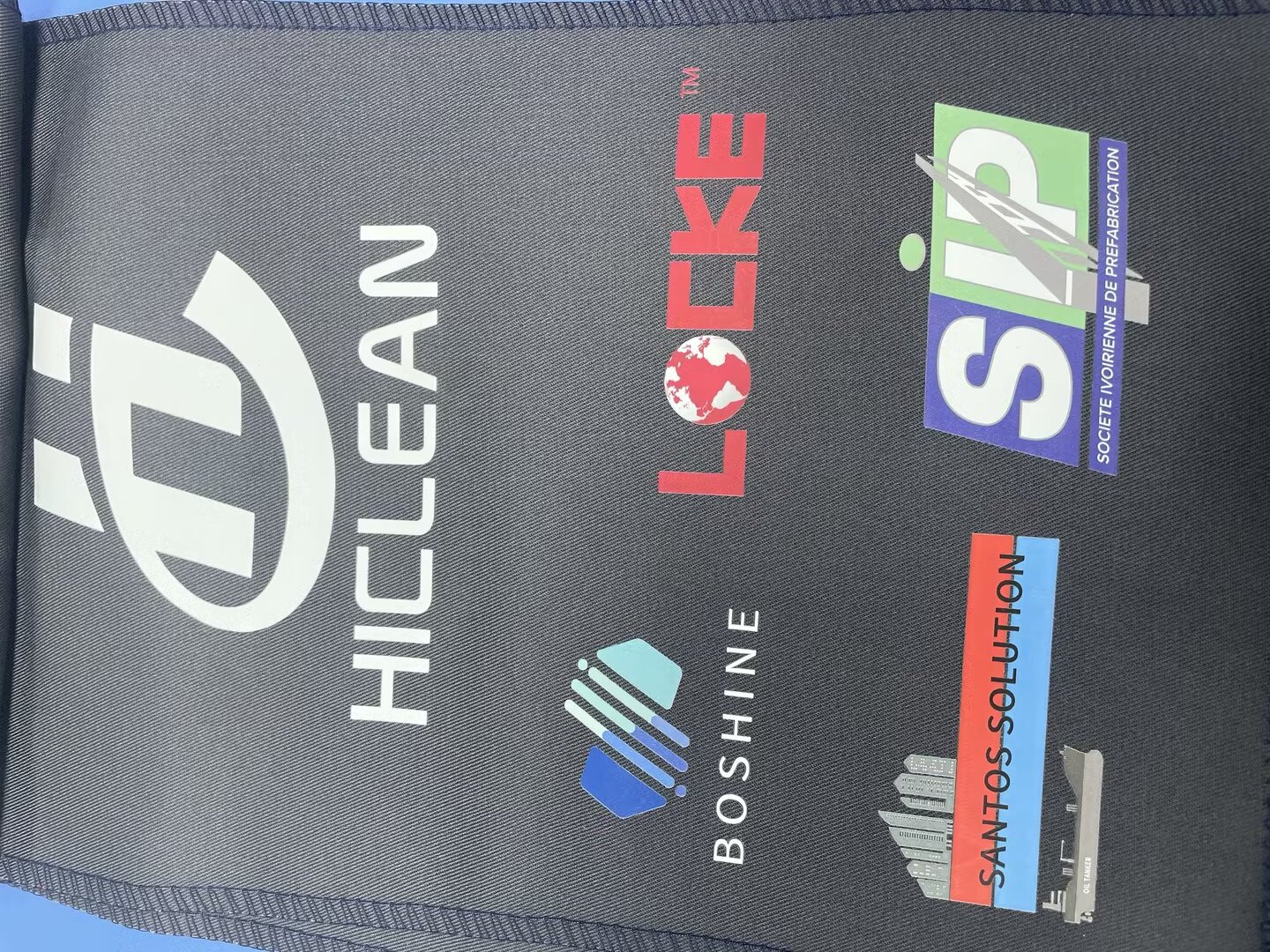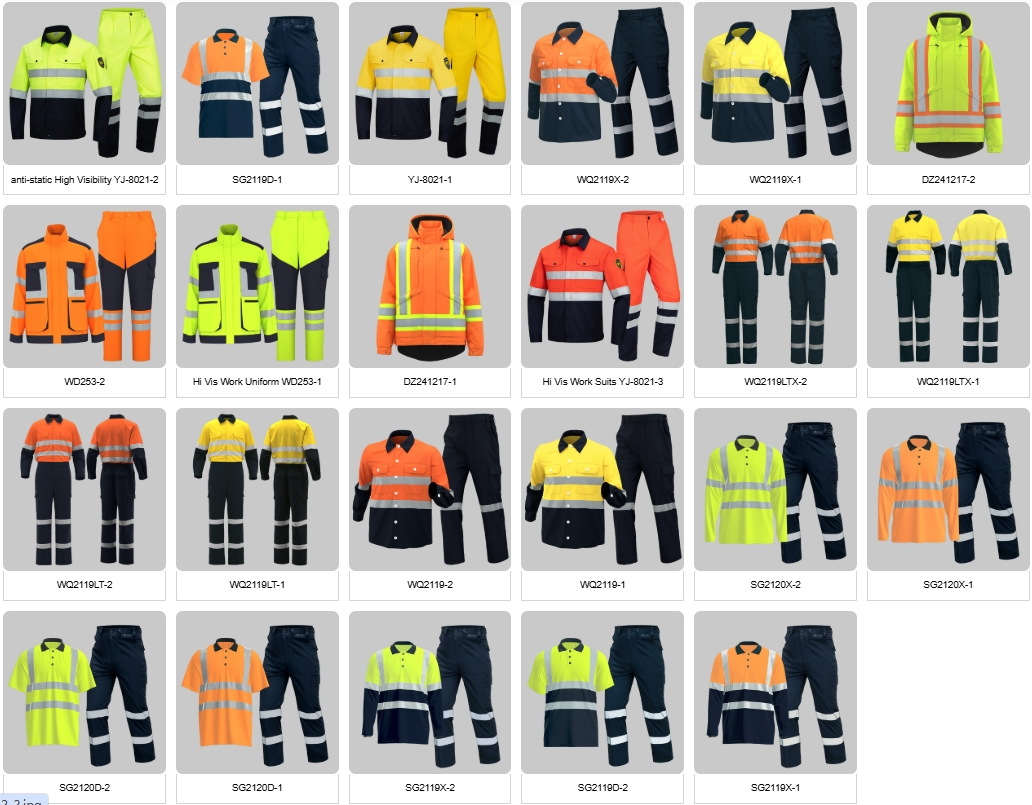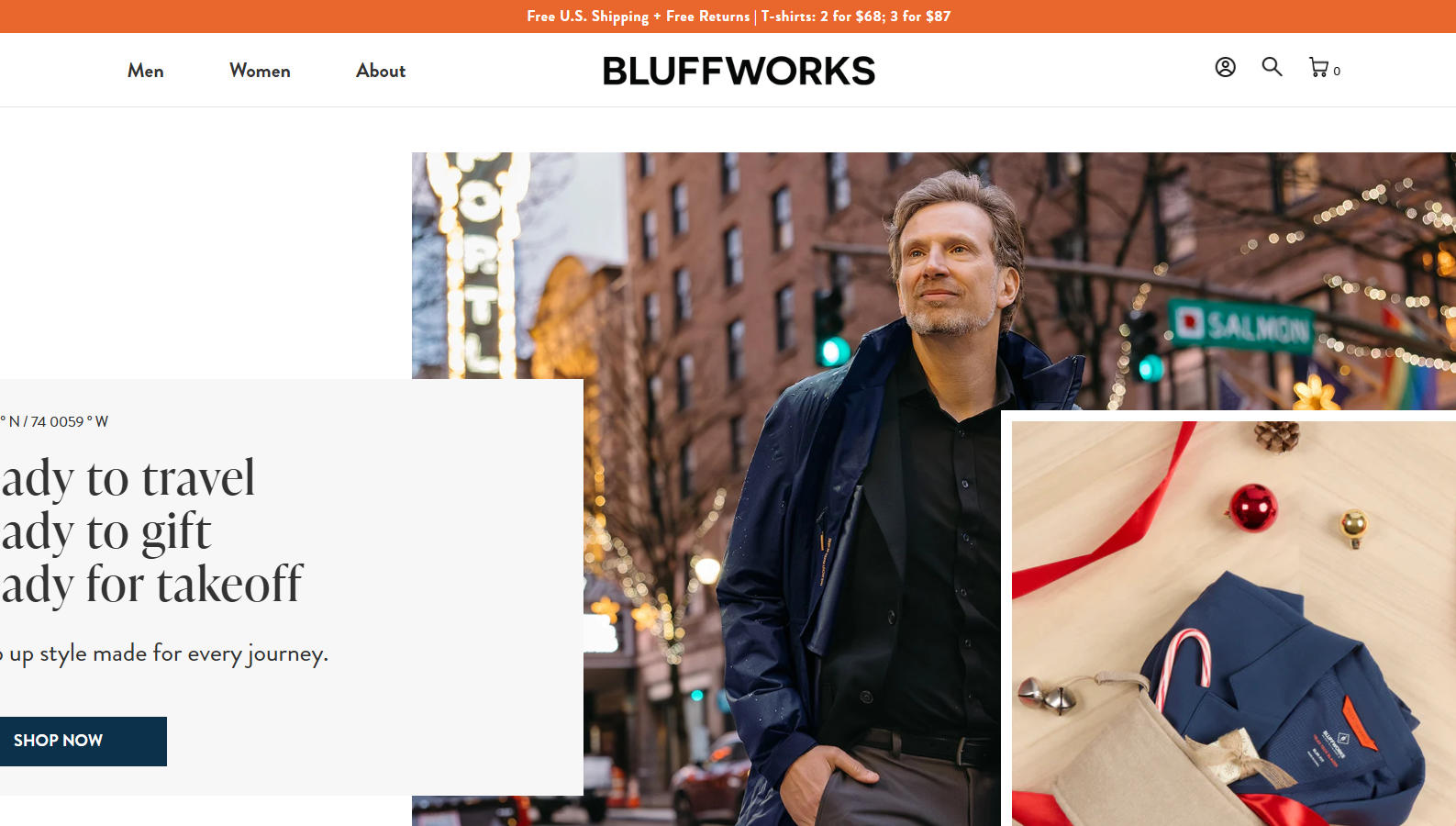Branding custom workwear is the process of adding your company’s logo, name, or other identifiers to uniforms and apparel. There are several well-established methods, each with its own advantages, costs, and ideal use cases.
Here’s a detailed breakdown of how custom workwear is branded, from the most common to the most specialized techniques.
The Most Common Branding Methods
1. Embroidery
This is the process of stitching your logo directly onto the fabric using specialized computerized machines.
-
How it works: A digital file of your logo guides the machine to stitch the design with thread.
-
Best for: Polo shirts, jackets, hats, denim shirts, heavy-duty workwear. Logos with solid colors and clear lines.
-
Pros:
-
Highly Durable: Withstands repeated washing, abrasion, and harsh conditions. Often lasts the life of the garment.
-
Professional Appearance: Looks premium, textured, and high-quality.
-
Tactile & Raised Feel: The 3D effect adds a sense of quality.
-
-
Cons:
-
Not ideal for highly detailed, photographic, or gradient-filled logos.
-
Higher cost, especially for small orders (due to a one-time “digitizing” fee).
-
Can be heavy and less comfortable on very lightweight fabrics.

polyester cotton labor workwear
-
2. Screen Printing
This method uses a mesh screen to push ink onto the fabric in layers.
-
How it works: A separate screen is created for each color in the design. Ink is pressed through the screens onto the garment one color at a time.
-
Best for: T-shirts, hoodies, sweatshirts. Large, simple designs with bold colors and areas without pockets.
-
Pros:
-
Cost-effective for medium to large quantities.
-
Excellent for large, solid areas of color.
-
Provides a vibrant, opaque finish.
-
-
Cons:
-
Less durable than embroidery; ink can crack or fade over time with heavy wear.
-
Not ideal for complex, multi-colored designs (though it can be done).
-
The feel can be stiff, especially with large prints.

High definition printing and embroidery
-
3. Heat Transfer Vinyl (HTV)
This involves cutting shapes from colored vinyl and using heat and pressure to adhere them to the garment.
-
How it works: A machine cuts your design from sheets of vinyl. The excess vinyl is weeded away, and the remaining design is heat-pressed onto the fabric.
-
Best for: T-shirts, caps, jackets. Designs with precise colors (like sport team logos or simple text).
-
Pros:
-
Great for multi-color designs without the setup cost of multiple screens.
-
Good for small batches and one-off items.
-
Creates a smooth, glossy, or matte finish.
-
-
Cons:
-
Less durable than embroidery; the vinyl can peel, crack, or be scratched off over time.
-
Can feel like a plastic layer on the fabric, reducing breathability.
-
4. Direct-to-Garment (DTG) Printing
This is like using a specialized inkjet printer for fabric.
-
How it works: The printer sprays water-based ink directly onto the garment, absorbing into the fibers.
-
Best for: T-shirts. Complex, full-color, photorealistic designs on light-colored garments.
-
Pros:
-
No color limitations; perfect for detailed artwork and photographs.
-
No setup costs for complex designs, making it ideal for single items or very small runs.
-
Soft, breathable feel, as the ink soaks into the fabric.
-
-
Cons:
-
Slower and more expensive per unit than screen printing for large orders.
-
Works best on 100% cotton and light-colored garments.
-
The print can be less vibrant than screen printing and may fade faster if not cured properly.
-
Specialized & Niche Methods
5. Patches (Sew-On or Iron-On)
Your logo is first created as a custom patch, which is then attached to the garment.
-
How it works: Patches are made separately (often via embroidery or weaving) and then sewn or ironed onto the workwear.
-
Best for: A rugged, classic look. Ideal for fire departments, security, motorcycle clubs, and for adding specific certifications or role badges.
-
Pros:
-
Very rugged and durable.
-
Can be removed or replaced if the garment is repurposed.
-
Adds a traditional, authoritative look.
-
-
Cons:
-
Adds bulk and has raised edges that can catch on objects.
-
Sewing can be time-consuming.
-
6. Dye Sublimation
The design is first printed onto a special transfer paper with sublimation dyes and then heat-pressed onto the fabric, turning the dye into a gas that bonds with synthetic fibers.
-
How it works: Uses heat to transfer dye into the fabric.
-
Best for: All-over printing, sportswear (like soccer jerseys), and items made from polyester or polymer-coated materials.
-
Pros:
-
The design becomes part of the fabric—it won’t crack, peel, or fade.
-
Allows for seamless, full-color, all-over prints.
-
-
Cons:
-
Only works on synthetic, light-colored fabrics (white or light grey polyester is ideal).
-
Not suitable for cotton or dark fabrics.
-
How to Choose the Right Method: A Quick Guide
| Method | Best For | Durability | Cost (for 50 pcs) | Feel on Fabric |
|---|---|---|---|---|
| Embroidery | Polos, Jackets, Hats | Excellent | $$$ | Textured, Raised |
| Screen Printing | T-shirts, Hoodies | Good | $ | Smooth, Can be Stiff |
| Heat Transfer (HTV) | T-shirts, Caps | Fair | $$ | Smooth, Plastic-like |
| DTG Printing | Detailed Art on T-shirts | Good | $$$ | Soft, Breathable |
| Patches | Tactical, Rugged Wear | Excellent | $$ | Textured, Bulky |
| Dye Sublimation | All-over Sportswear | Excellent | $$$ | Part of the Fabric |
The Branding Process in a Nutshell
-
Choose Your Garment: Select the workwear (e.g., polo, t-shirt, jacket).
-
Choose Your Method: Decide based on fabric, durability needs, and design complexity.
-
Prepare Your Artwork: Provide a high-resolution vector file (like .AI or .EPS) for the best results.
-
Get a Quote & Sample: A supplier will provide a quote and, upon request, a physical sample for approval.
-
Production: Once the sample is approved, the full order is produced using the chosen method.
In summary, for professional and durable workwear that needs to withstand a tough environment, embroidery is the gold standard. For cost-effective branding on casual uniforms like t-shirts for a large team, screen printing is often the best choice.
For some insightful reads, we’ve curated a list of recommended articles just for you:
- How do I find a product manufacturer in China?
- How to find cheap manufacturers in China? A guide to avoid pitfalls
- How to complete your first purchase of workwear in China safely and efficiently
- Custom uniforms for Small business
- Choosing the Best Industrial Work Suit
- Ultimate Guide: Best Wholesale Work Clothes in China
- Cut & Sew Customization
- Logo Customize Clonthing Manufacturer
- Labour Uniform manufacturer
- Labor clothing uniform for sale
- Working clothes china wholesale
Can’t find what you’re looking for? Feel free to contact us. We’re here to help 24/7.





